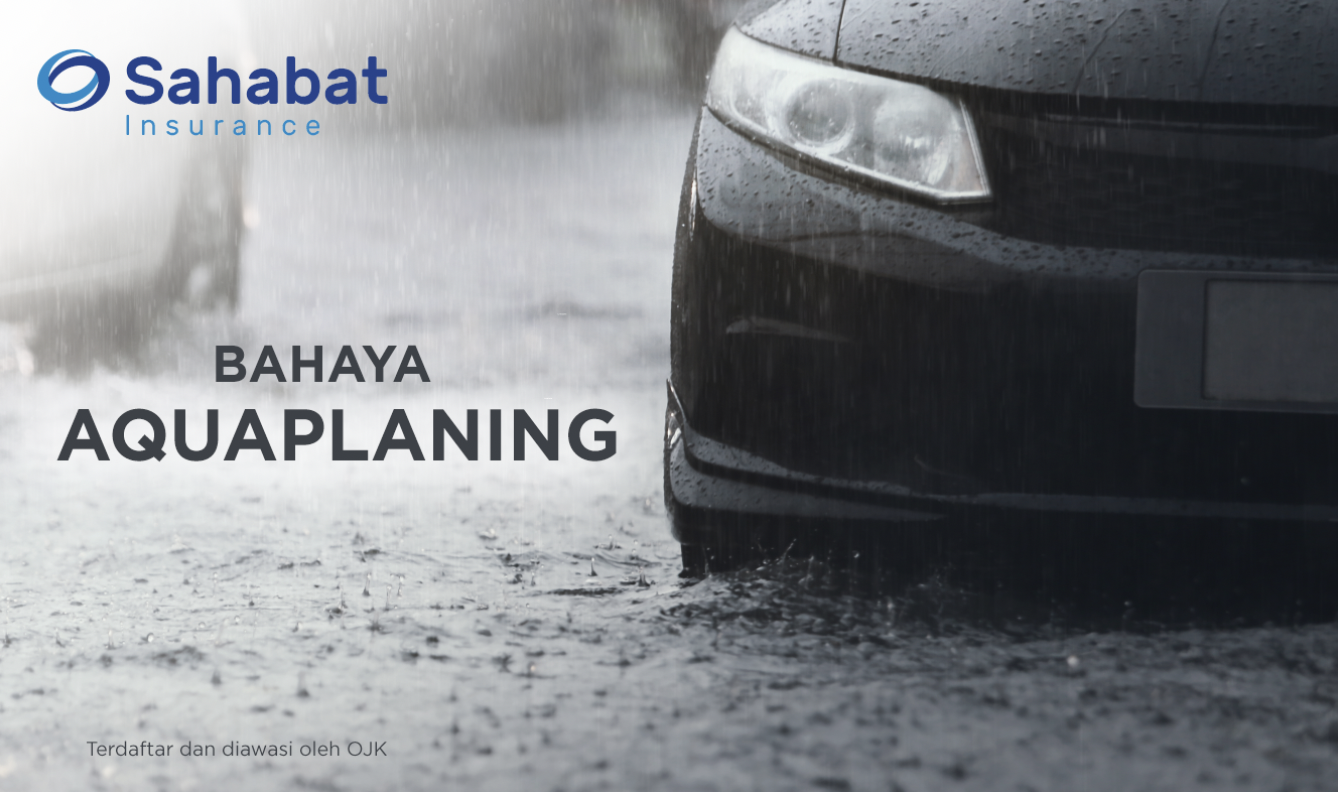The Danger of Aquaplaning
Terakhir Diubah : 08:11:29 - Wednesday, 02 March 2022

Ever heard of Aquaplaning?
Aquaplaning is a condition in which a vehicle loses control where the main cause is puddles of water, such as rain and flooding. Water that is too large will make it difficult for the car to move or even slip. The main cause of aquaplaning is not only rainwater puddles, but can also be caused by water from other vehicles passing by. When the car passes through a slippery road due to water, it will be dangerous if you are not careful. Car tires will be difficult to control and can result in a collision or accident.
What are the characteristics of aquaplaning?
The first characteristic that can be felt is the sudden sound of the engine sounds louder than usual. This is because the engine that is exposed to the puddle too hard will become hot enough to make a sound.
Sudden change of clutch in gears. Though, you didn't. This condition will make the speed of the vehicle becomes faster so that it is out of control. The next characteristic is, the car feels lighter. This is due to the greater water pressure that can lift and float the car.
In addition, the back of the car on the sides will feel floating. This condition is called fishtailing.
When this happens, slow down slowly and straighten the steering wheel. Do not brake suddenly, find a safe place to stop to avoid an accident.
Contact Sahabat Insurance for information about vehicle protection at 021-50508080.
Berita Lainnya
Claim Submission & Operational Working Hours Related to Work From Home
Taking into account the increasingly worrying development of covid 19, the management of Sahabat insurance feels the need to take the following policies:
- Work From Home & operational working hours for Sahabat Insurance employees:
- WFH (Work From Home) for all employees at the Jakarta head office from Monday 30 March 2020 to 03 April 2020.
- Adjusted operational working hours for the head office and all branch offices outside Jakarta to 09.30 – 15.30 local time.
- For filing and reporting claims, during the implementation of the WFH policy at the head office, the following policies are taken:
- Claim submissions will still be served on every working day with operating hours: 09.30 – 15.30 wib.
- Claim reports can be sent through the following means:
Email: [email protected]
Office Phone: 021 50508080
Claim Hot Line Number: 0811 1338 355
CS Claim Number: 0811 8678 355
Thank you for your attention and good cooperation.
Signature
Friends of Insurance Management

 Indonesia
Indonesia
